Can chiropractic help with knee pain?
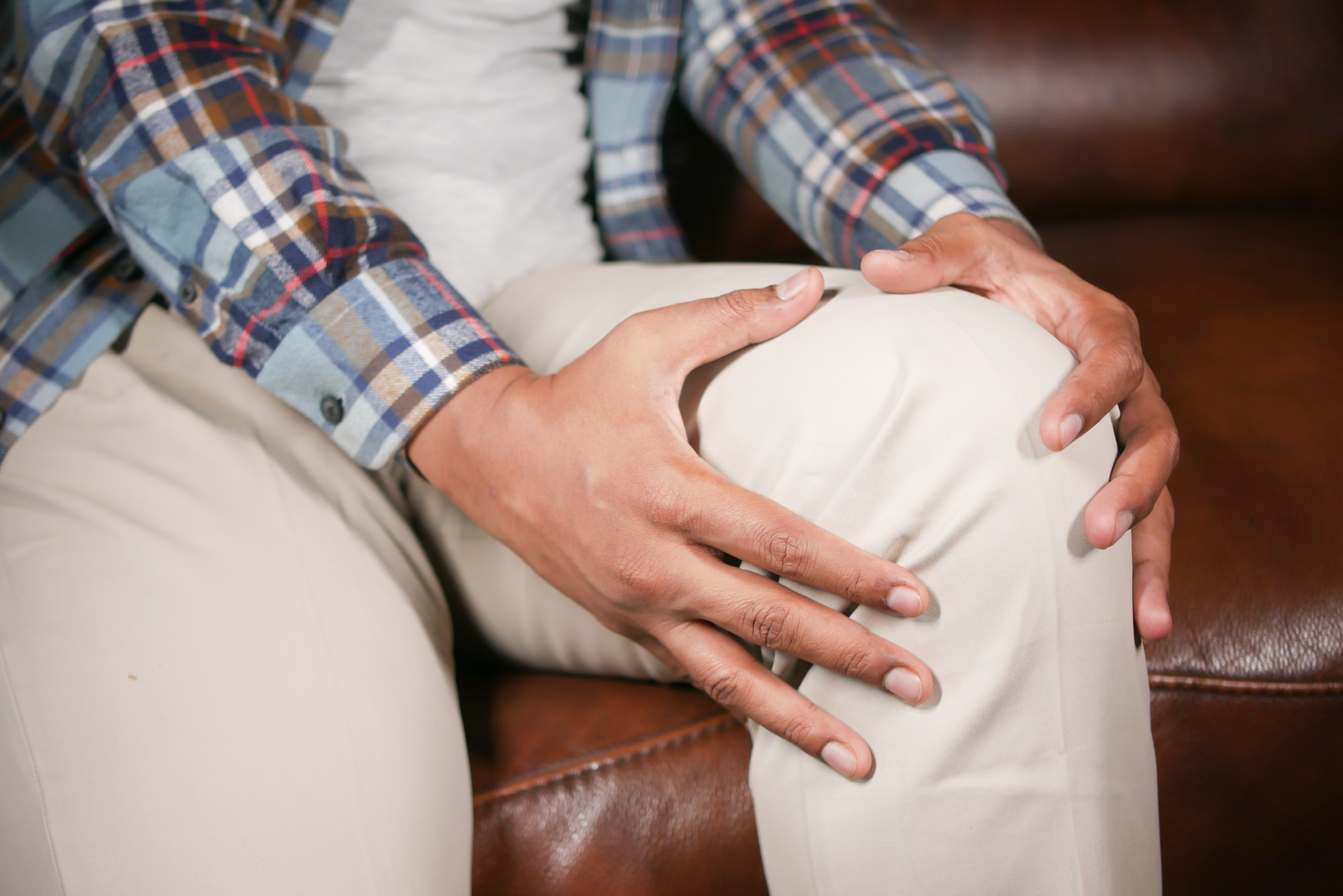
Chances are that if you’re reading this, you or someone you love is suffering from knee pain. Knee pain is something that affects both genders and it can also affect people of all ages. Knee pain can make going to work, getting kids to school, and overall getting through daily life much more difficult, which is why many people with knee pain feel forced to seek out speedy ‘recoveries’, such as OTC medications or corticosteroid injections.
At the end of the day, these speedy methods of pain relief definitely work to reduce pain, but they can be like a band-aid that simply hides symptoms of knee pain, without truly fixing the underlying problem. While they can be part of treating the problem, it’s important that they don’t become the solution itself. In our office we’ve seen enough people with chronic pain that have turned to medications to relieve pain as a solution. These people found temporary relief for months or years, but eventually their knee issues progressed enough until the only solution became knee replacement surgery. Things don’t have to be like this!
By understanding the more common reasons for knee pain, we can understand that there are conservative options available to treat knee pain and avoid invasive options down the road. Let’s explore how chiropractic treatment can support you through knee pain by exploring the three more common reasons for knee pain!
Common reasons for knee pain include:
- Aging & degeneration.
- Injuries.
- Overuse.
Aging & Degeneration:

Pain caused by gradual wear and tear of a joint over the years is known as osteoarthritis (OA). This type of degeneration can seem common, but this does not mean that it is normal and should be readily accepted. The National Institute of Health (NIH) has found that 10% of men and 13% of women over 60 years old have symptomatic knee osteoarthritis. Not only does OA cause knee pain and a loss of functionality, osteoarthritis is the most common reason for knee replacement surgery.
It’s important to understand that degeneration is part of the natural progression of our joints. Over time our joints will become less flexible and more stiff. The key element is understanding that there are risk factors that speed up this process of degeneration and can contribute to an earlier onset or more severe symptoms of wear and tear. In particular, the knee joint can be especially susceptible! Thus, it becomes extremely important to tackle OA before it begins, or, if it already has, to do our best to slow it down. Essentially, anything that speeds up the rate of wear and tear on joints can contribute to osteoarthritis. In fact, the NIH mentions bony misalignment as one of the players that can contribute to the development of osteoarthritis, which means that supporting a patient through OA can be vital when it comes to treating knee pain.
How chiropractic care can help:
Consider the following metaphor: Think of your body as if it was a car. Typical car maintenance includes realigning car tires. If you don’t realign your car’s tires, it does not mean that your car will stop functioning, it means that the tires will wear down quicker and they will have to be replaced earlier. Similar to this process, when your joints are misaligned for a long period of time, they can breakdown quicker, may become dysfunctional, and may be more susceptible to surgical intervention. The difference is that it is much simpler to replace car tires than it is to replace your knees. Through specific chiropractic adjustments, we aim to help your body restore it’s ideal alignment so that there’s a better chance of slowing the development of degeneration that can then lead to knee pain.
Injuries:
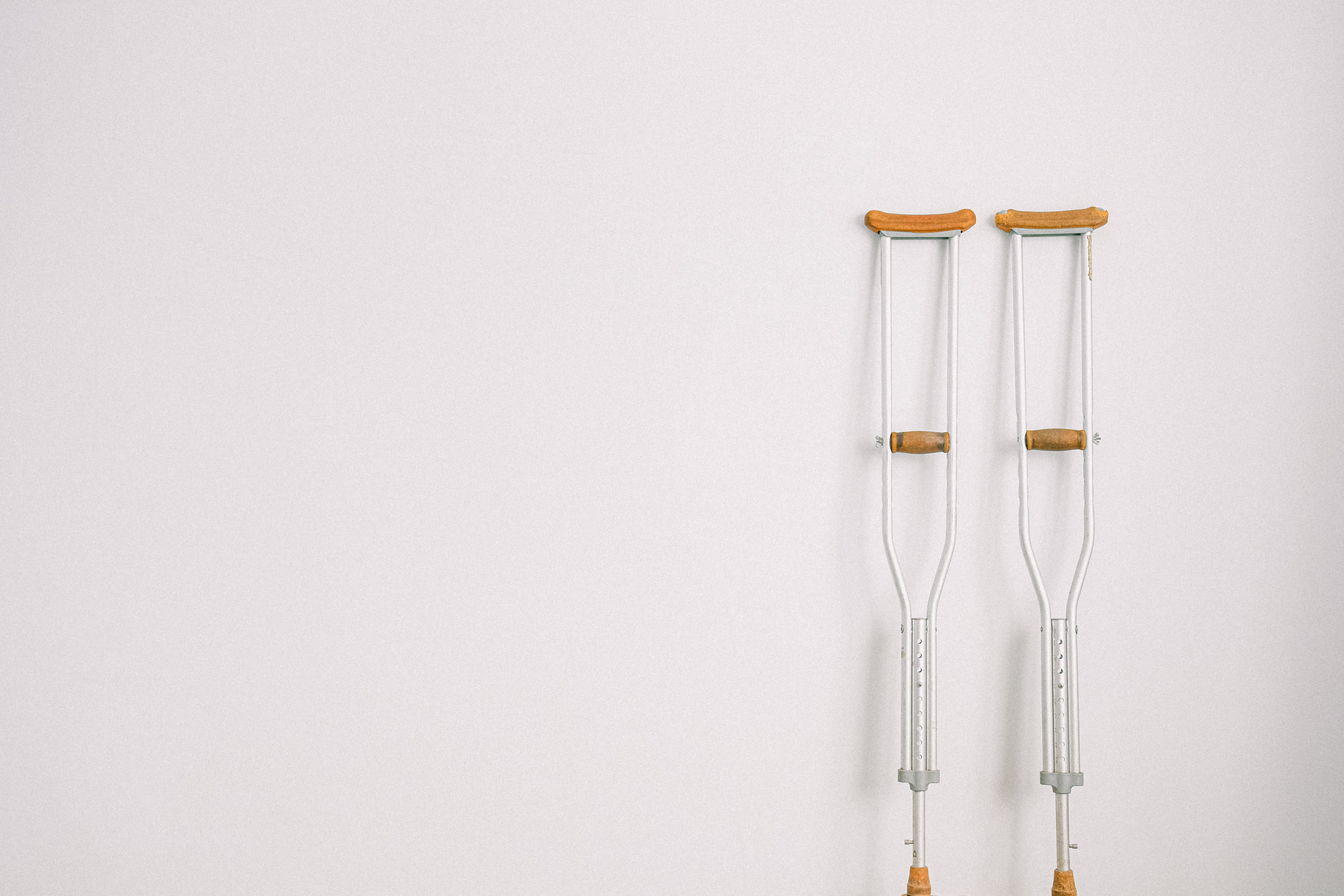
Injuries due to sports, slips, falls or traumas in general are also very common causes of knee pain. Especially in the first few days or weeks, when it comes to injuries such as muscle strains, ligament sprains, tears, or swelling, the most important element that often comes to mind for people is doing proper rehabilitation. This includes R.I.C.E. (rest, ice, compression and elevation) in the acute phase of injury, and then doing physical therapy or progressive-phase stretches and strengthening exercises. Most importantly, this means slowly going back to your typical activities and listening to your body for signs of doing so too quickly.
How chiropractic care can help:
An important component that not many people think about is the secondary effects of an injury. Have you ever had any ankle or knee injuries where, by the end of the recovery period, the opposite side knee or ankle becomes the one that hurts? There’s a reason for that! You see, when someone’s hips, knees or ankles are injured, you’ll likely see them adapt a limp or change their gait biomechanics. This is your body’s way of compensating so that you don’t place excessive strain on the affected area, but this does not happen without consequences! When you don’t equally distribute your weight between both legs, one leg has to take on a greater physical load, which means structural shifts can occur. If this shift becomes chronic, even after healing has taken place, irritation and breakdown of joints can take place.
Specific chiropractic adjustments can help support your body both during and after your recovery period by working to keep your body’s optimal alignment. Chiropractic care also helps to improve flexibility and range of motion, which are key to restoring your body’s prior muscle tone and movement. This becomes especially crucial for athletes who want to safely go back to the field as soon as possible.
Overuse Injuries:
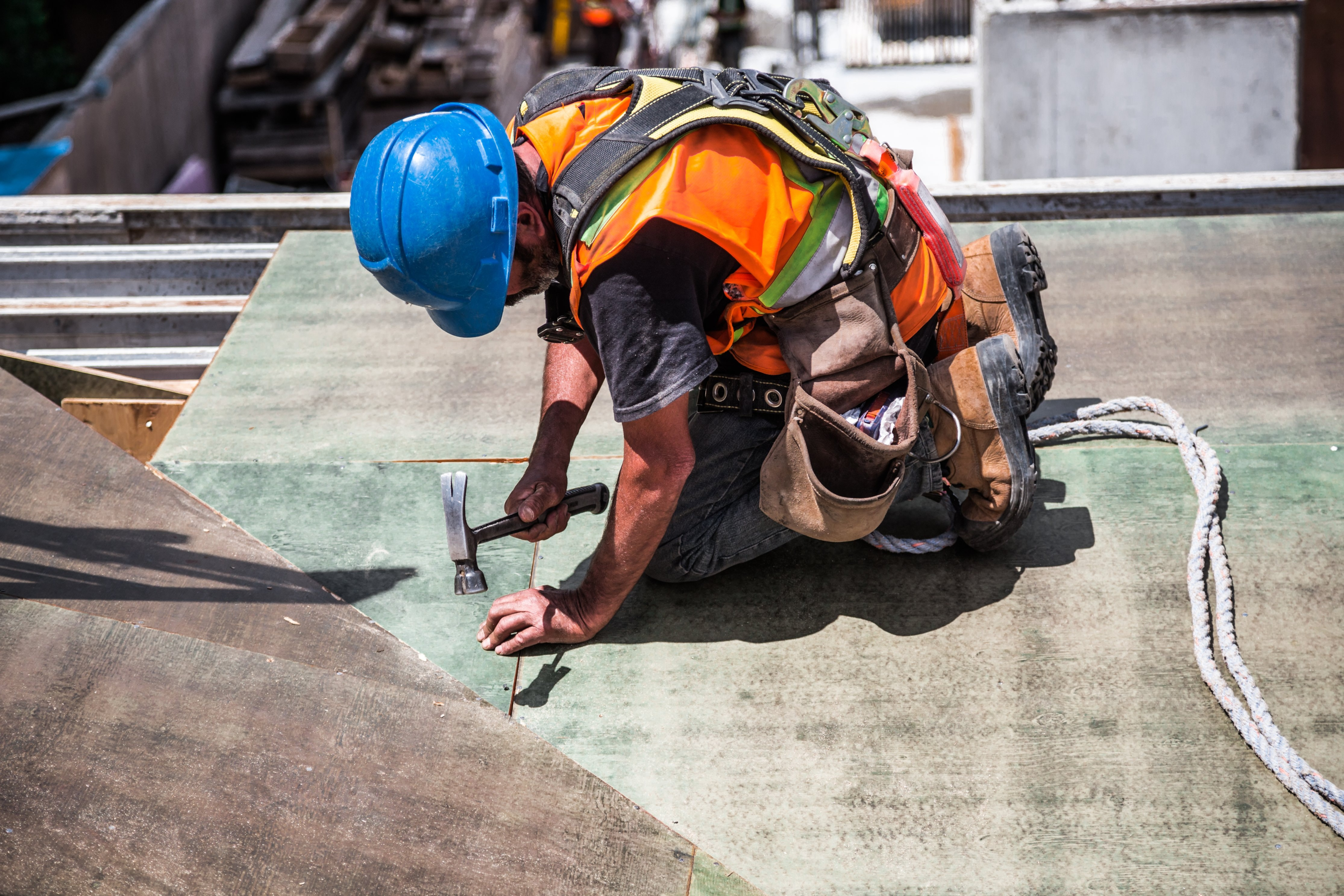
Knee pain originating from overuse injuries tend to happen with anything that includes repetitive movements. Examples of this include a FedEx driver who constantly pivots on his knee as he exits his truck, a soccer player who runs more heavily on one leg as he controls the ball with the other, or a kindergarten teacher who constantly squats down to a student’s level. Sometimes when it comes to work or other activities, there’s no going around these repeated motions, which is why it’s important to counteract these movements when you’re able to. For example, if you sit squat and bend down all day for work, taking some time to stretch and rest when you’re back home can go a long way to counteracting these factors known for causing knee pain.
How chiropractic care can help:
A great way that your chiropractor can help with overuse injuries is by assessing your body and situation, and by giving you recommendations. For example, he or she should be able to give you proper ergonomics tips so that you’re able to work, lift, or even sit at a couch all day in a way that least compromises your body. In addition, your chiropractor can also recommend specific stretches or movements that you can do to counteract the toll of the repeated movements that you typically do.
On the other hand, the most important way your chiropractor can help you with overuse injuries is through chiropractic adjustments. Through the use of mobilization techniques, he or she is able to adjust your spine in order to address your body’s structure and remove nerve communication interference. As was mentioned previously, this also helps to release tight muscles that arise through repeated movements, which means they’re able to support your body’s three components: structure, soft tissue and function. We’ve seen numerous patients in our office who, with the help of chiropractic care, have been able to do more during their day before feeling like their body is holding them back.
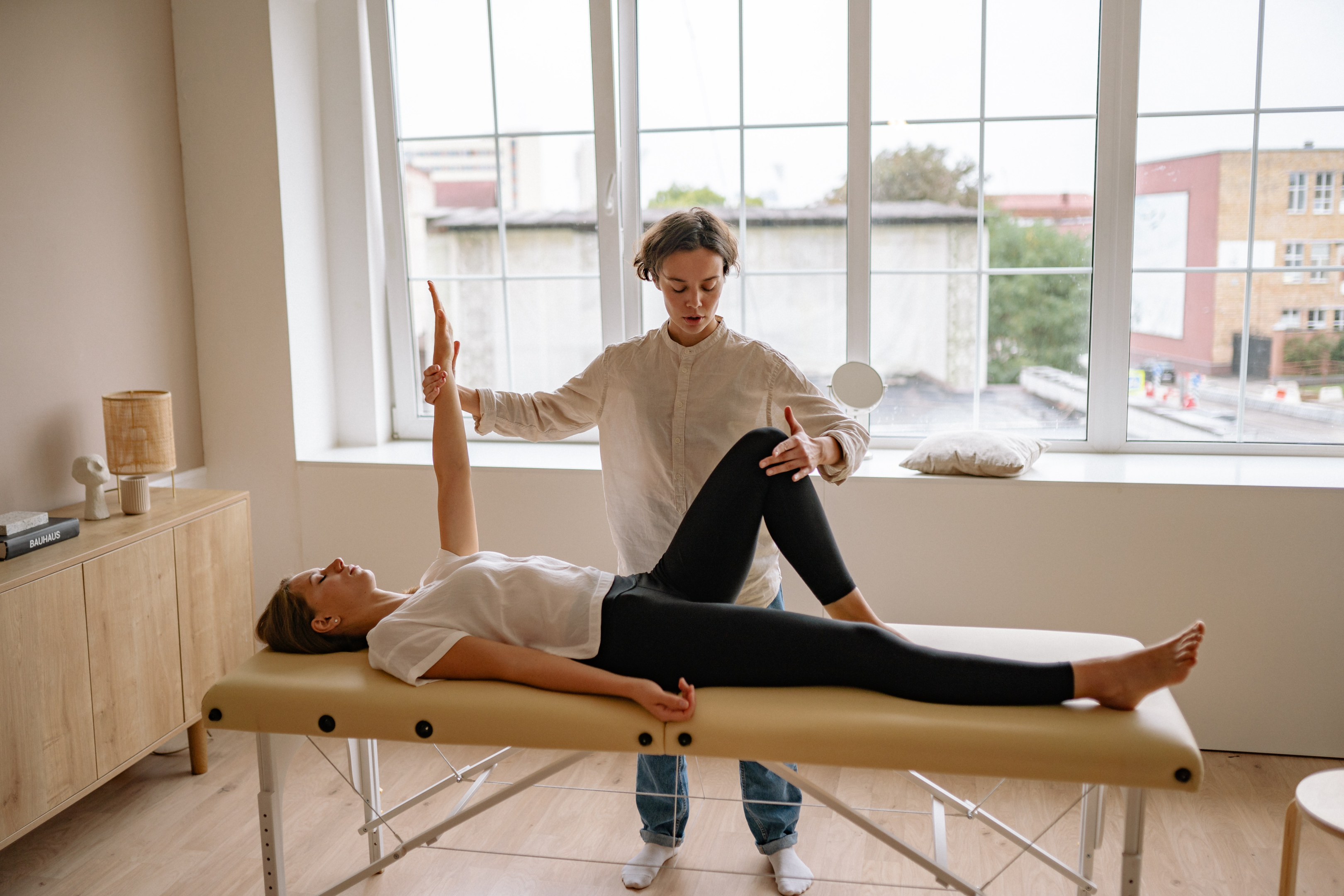
For more information on how chiropractic manipulation can benefit your knee pain and support you to live pain free, reach out to your trusted, local chiropractor!

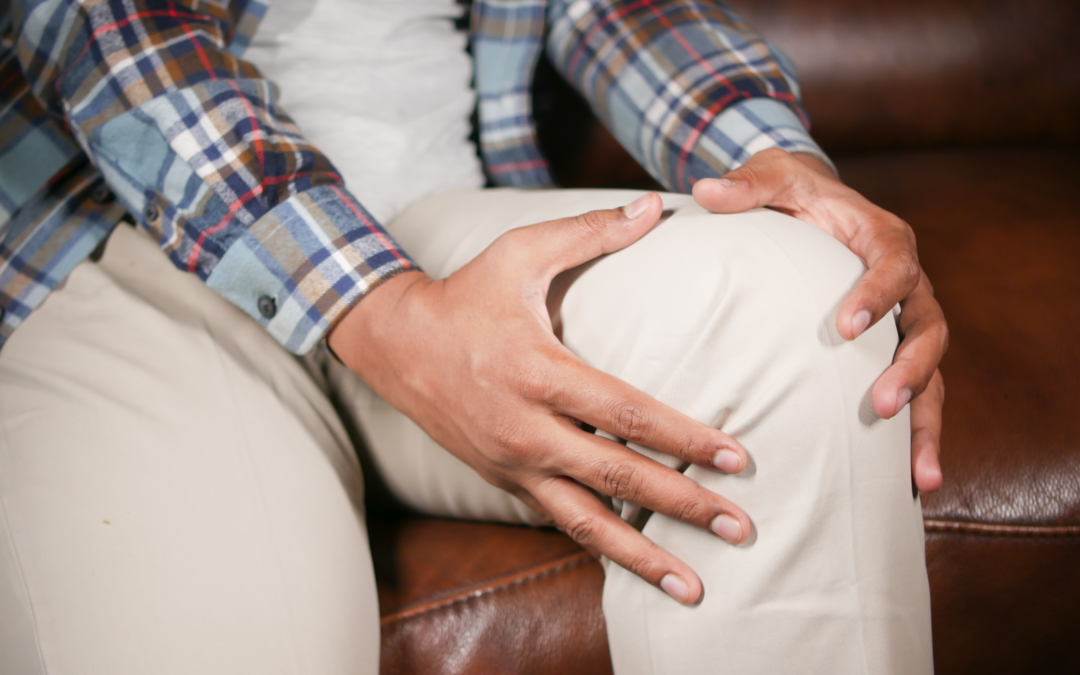
Recent Comments